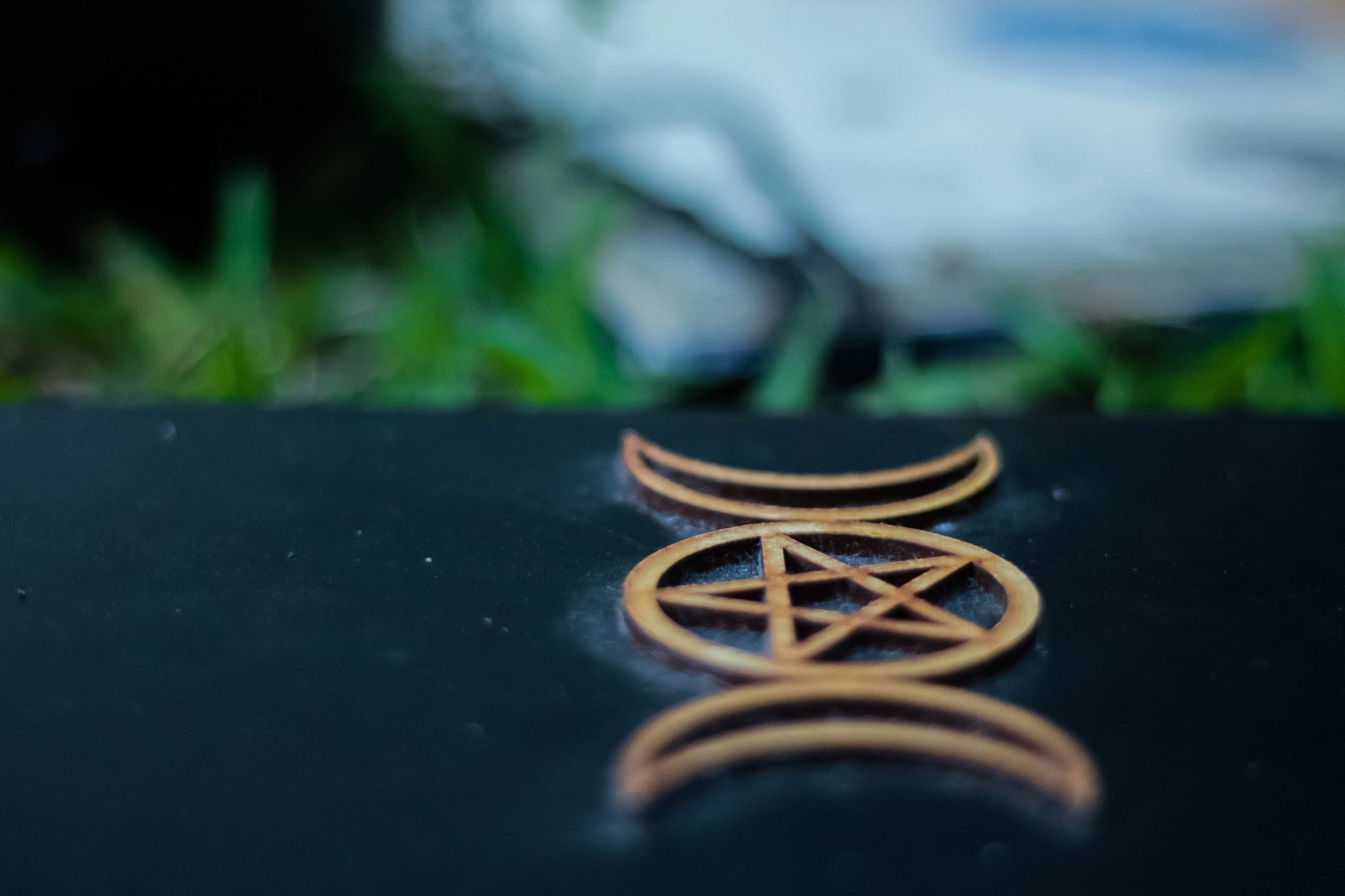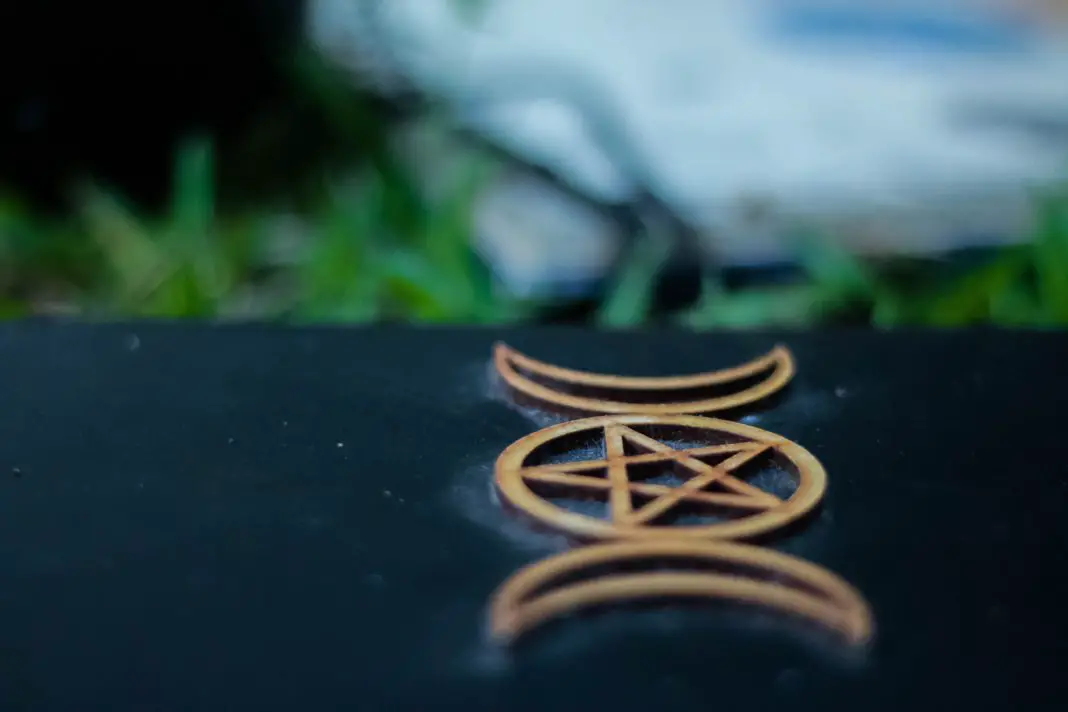As more women seek liberation, a number of them have turned to Wicca and Modern Witchcraft. That said, it is important to understand that these two worldviews and dispositions aren’t what they are generally portrayed as evil and sinister. So, to better understand what Wicca and modern witchcraft are, here are a few things you might not know about these practices.

- Witchcraft is a set of practices that draws on the power of cosmic or psychic energy to achieve its goals. They achieve this through the practice of rituals which they use to tap into their energy sources. Witchcraft has a long history and can be traced to historical pagan religions and it has only grown in popularity since then
- The Wicca movement dwells within the Witchcraft worldview with a 2008 American Religious Identification Survey estimating that there are over half a million neo-pagans in the United States with more than 50% of them identifying as Wiccan.
- Witches can be male or female as the term is considered a gender-neutral one. In fact, the term ‘Warlock’ is seen as offensive as it means ‘oath-breaker’ in its original usage. A group of witches is, of course, described as a coven and it is believed that the ideal number of participants in a coven is 13.
- The Wicca movement started in the 1940s thanks to Gerald Brosseau Gardner (1884-1964), a retired British civil servant, who also functioned as an ordained minister in a little-known Christian sect called the Ancient British Church. Gardner’s beliefs weren’t seen to be aligned with the traditional tenets of witchcraft and is more connected with more modern sects such as the Freemasons.
- The Wiccan practices really began to spread in the 60s and 70s as it took hold in the UK. It became popular with feminist and environmental movements and even found offshoots including Alexandrian Wicca, Algard Wicca, and Georgian Wicca
- As for their beliefs, the Wicca believe in the practice of magic and are heavily influenced by notable practitioners of the occult like Aleister Crowley. Therefore, like the Englishman, they too believe that magic is “the science and art of causing change to occur in conformity with will.”
- While all Wiccans believe in magic, the different practices incorporate other beliefs that they don’t all share. However, they do have some other similarities including the belief in the Wiccan Rede which states that, “An’ it harm none, do what ye will.” This basically means that you can do whatever you want as long as it brings no harm to anyone.
- As feminism grew, so did its influence within the Wicca religion and many of its practitioners now focus on goddess worship. Traditional Wicca believed in a father and a mother with a horned god acting as the male deity and a mother goddess as the female.
Read Also: #EnaZeda Movement: Tunisian Women March Against Gender Based Violence

The Urban Woman Magazine Editorial Team is made up of seasoned writers and editors who have a keen eye for detail and a passion for all things urban. We strive to create fresh, original content that appeals to the modern woman. Our mission is to provide a platform for women to share their stories, experiences and opinions on various issues affecting their lives.

